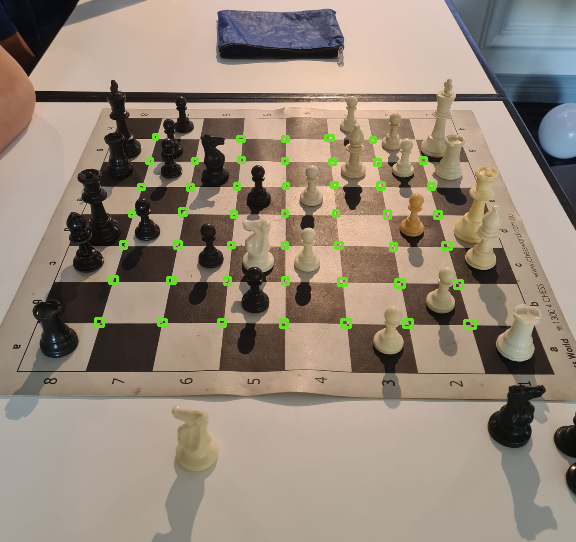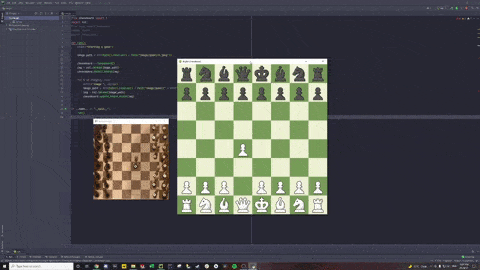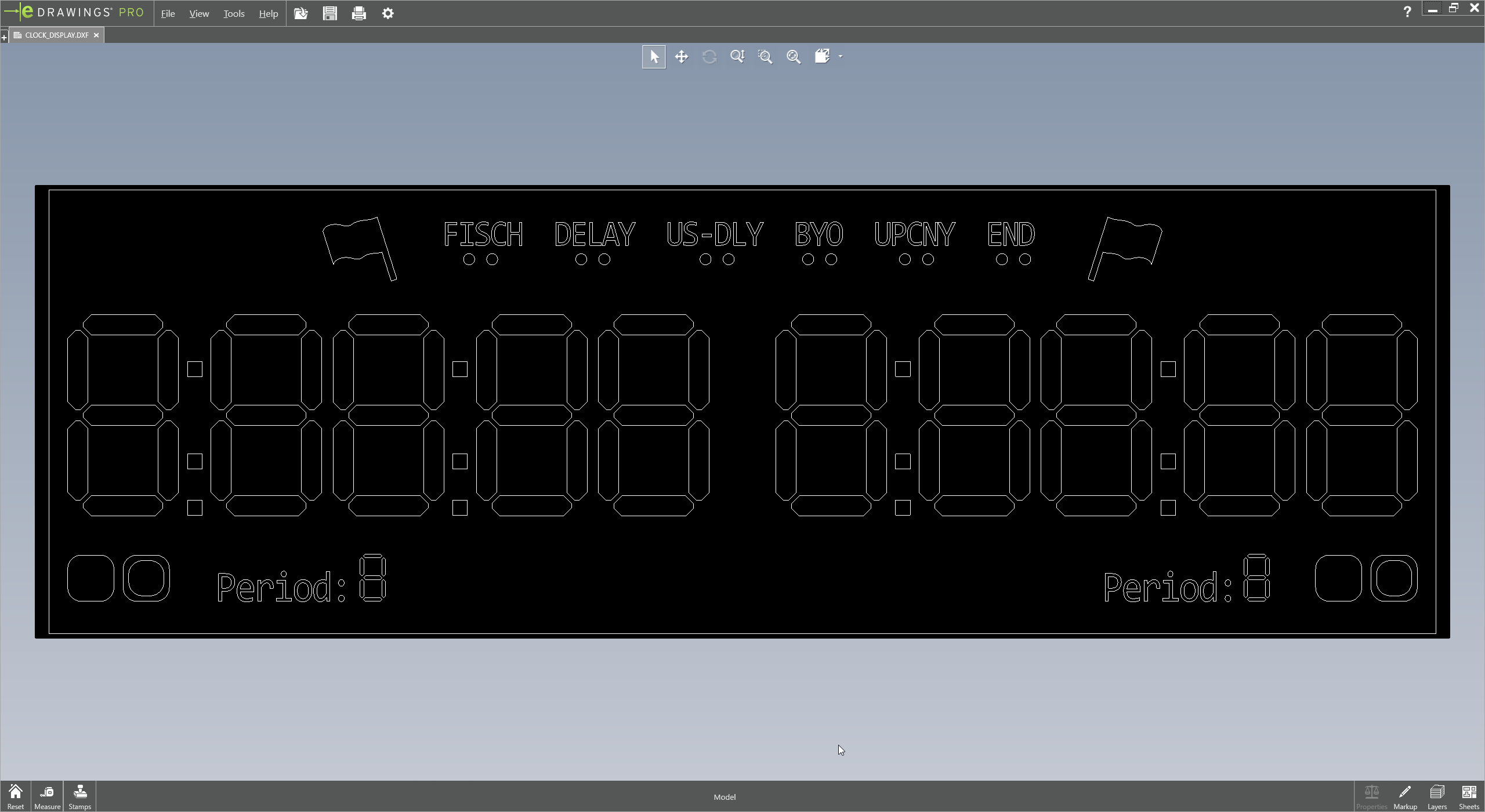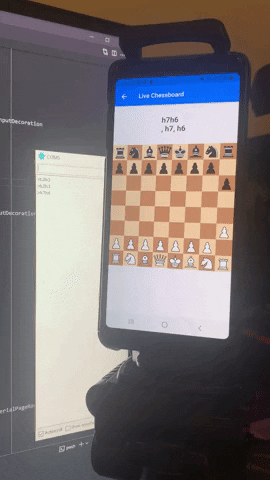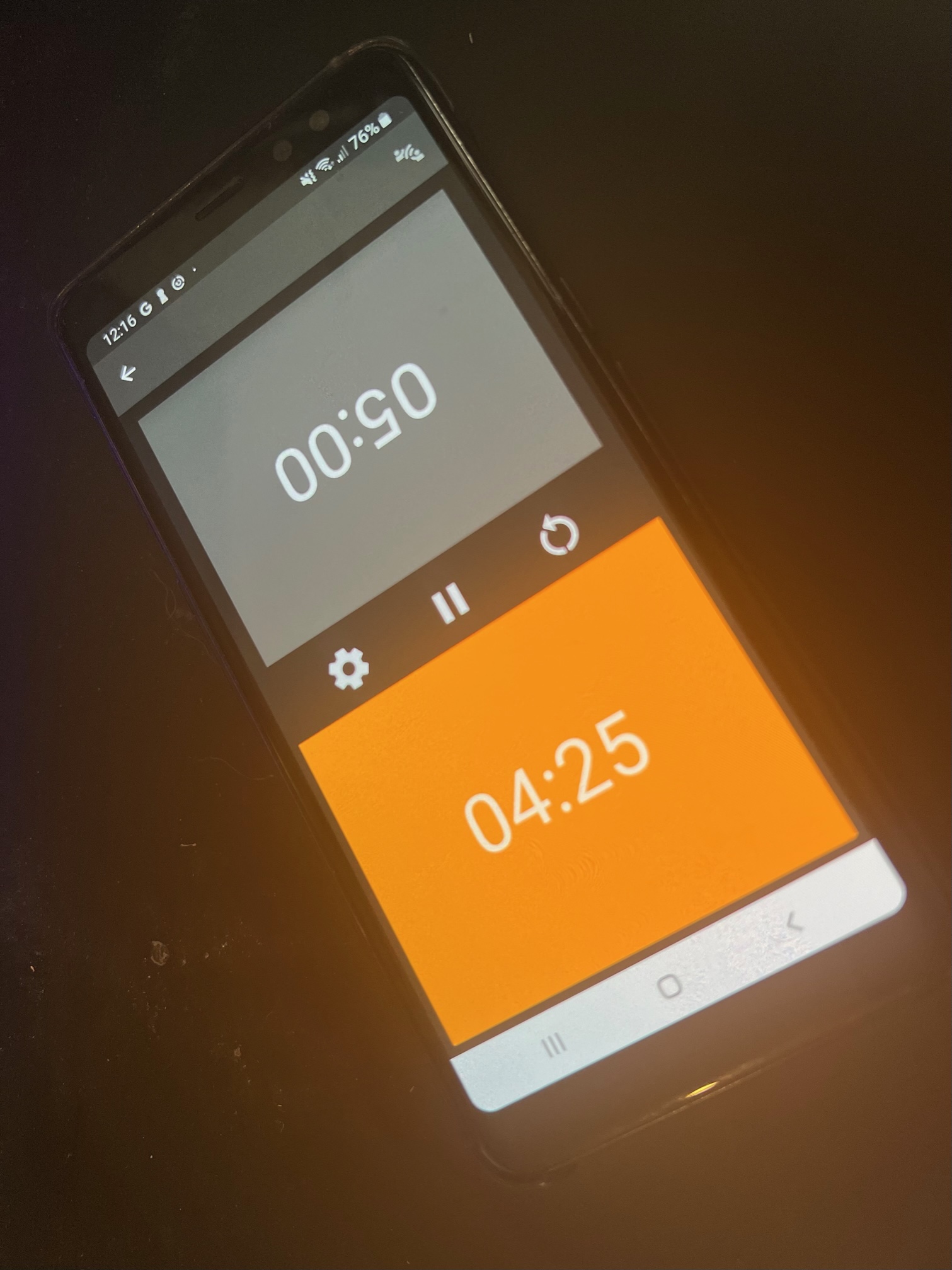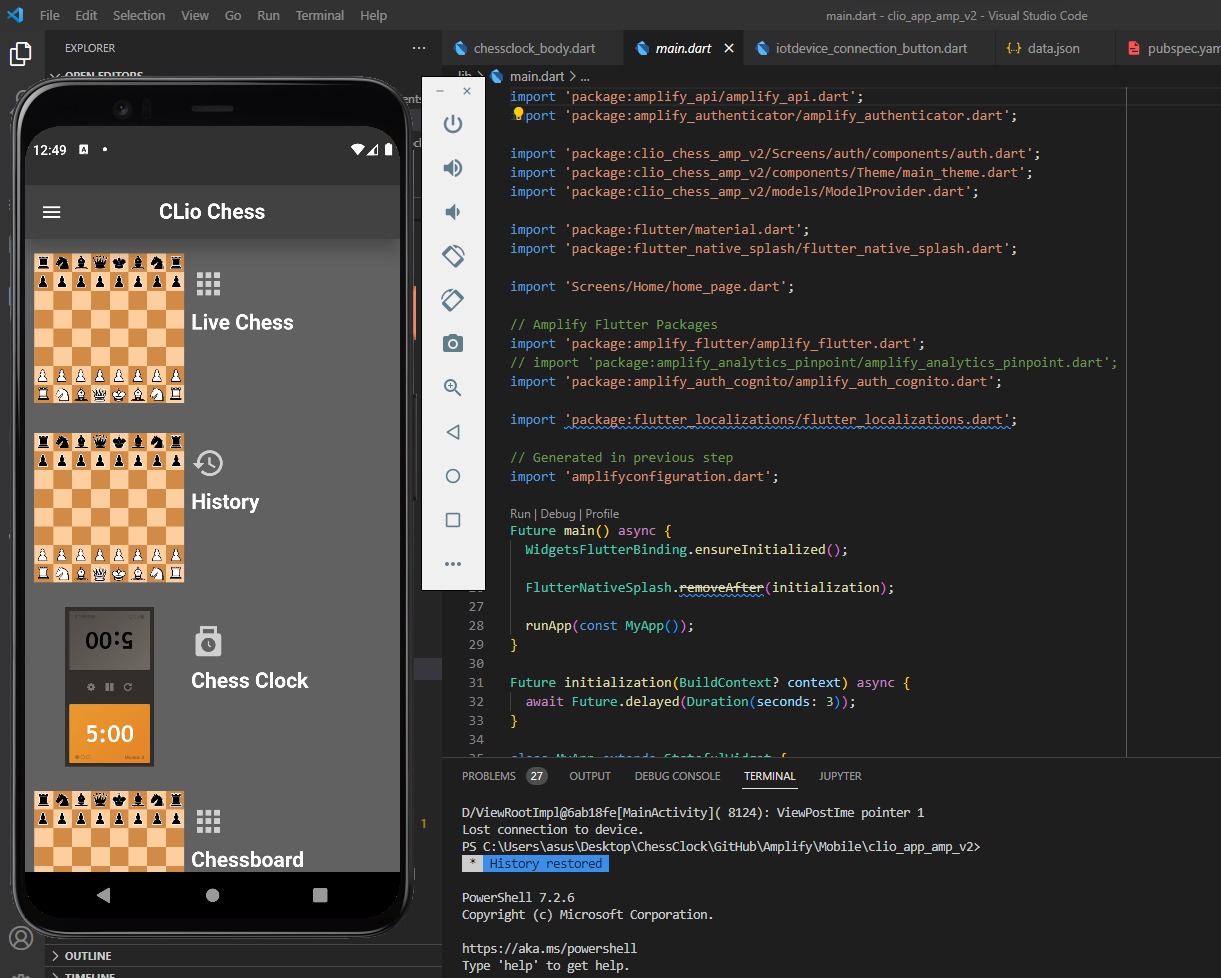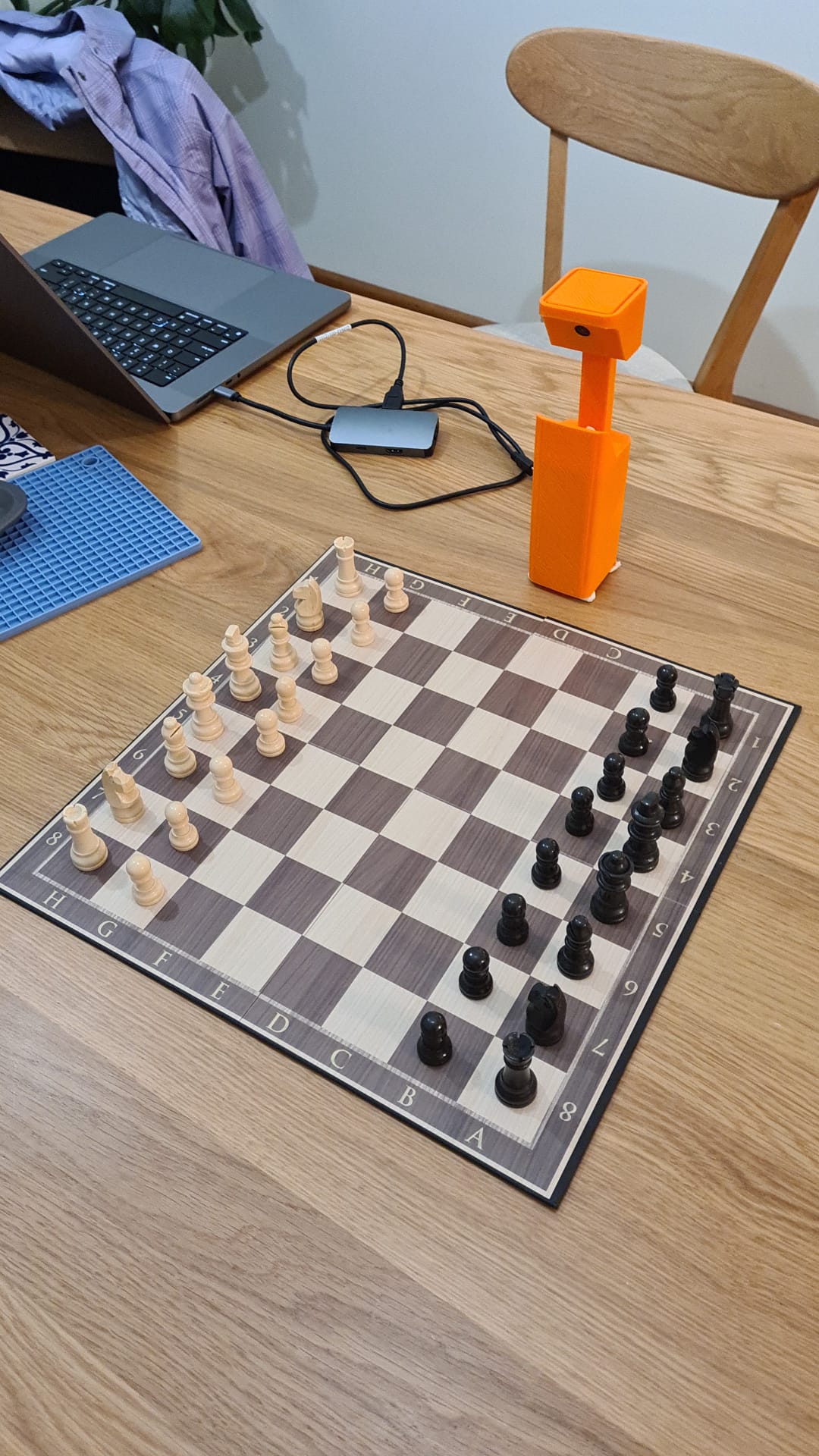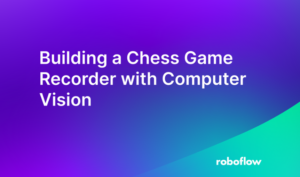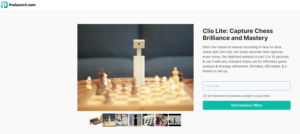World's 1st Chess Recorder that Memorizes Your Game
Clio 𝛼 is a smart chess Recorder that can record and analyse your chess games. The camera module captures images of the chessboard and digitalises the chess pieces’ positions into standard chess portable game notation (PGN). With Bluetooth connectivity, Clio allows you to view your physical chess games on your mobile devices in real time. Our mobile app uses the Stockfish chess engine to analyse either your recorded games or your current game in real time!
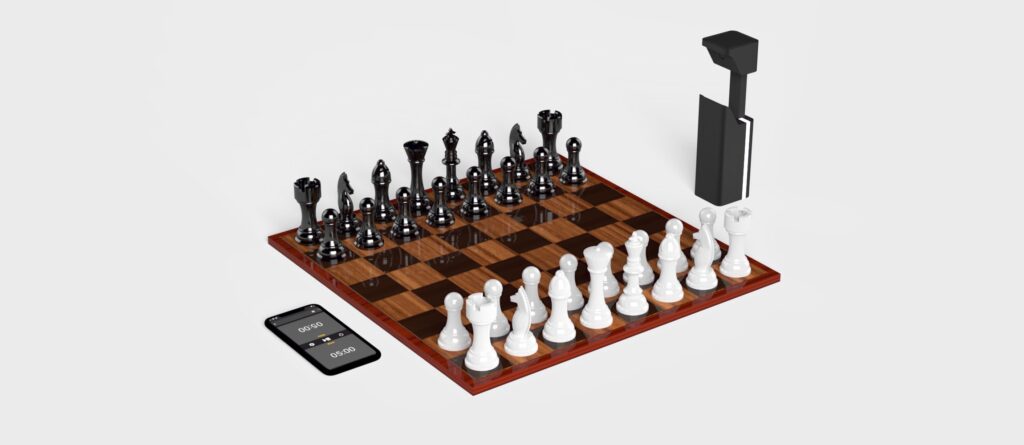
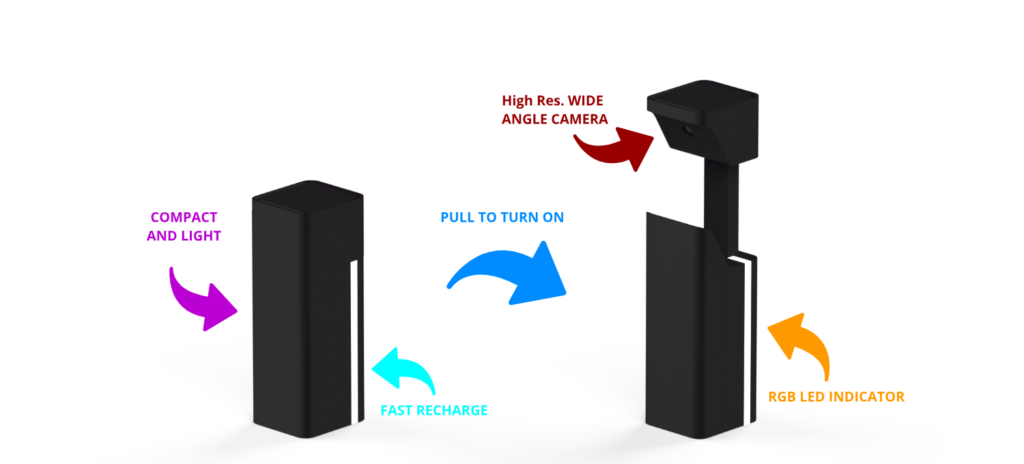
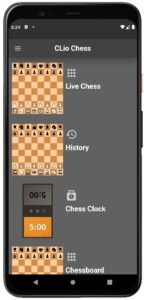
What is a Chess Clock?
A chess clock consists of two adjacent countdown timers with two buttons to stop one timer and start the other simultaneously. The purpose of a chess clock is to keep track of the total time each player takes for their own moves, and ensure that neither player overly delays the game. In chess, each player is given a certain amount of time such as 10 minutes on the clock to play the game. Once the time on the clock runsout, the player will lose the game regardless the progress of the game.
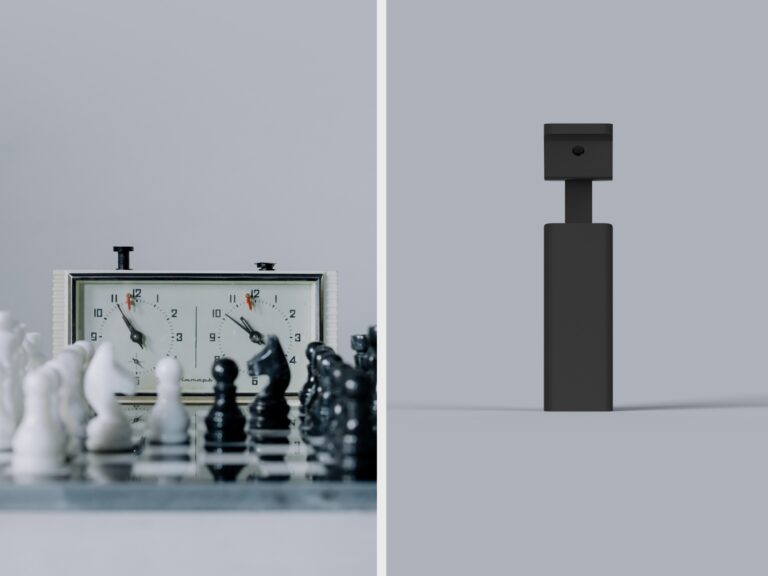
Clio 𝛼 vs Traditional Chess clock
Live chess recordings are normally recorded using an electronic chessboard. Metal coils are installed at the bottom of all the chess pieces for the electronic chessboard to identify the piece and detect the piece’s positions. This makes chess live recording only limited on electronic chessboards which can be expensive. Clio 𝛼 offers you live recording using only the clock’s onboard camera and the onboard computer will calculate the chess pieces’ position. Now, you can record your game on both traditional and electronic chessboard. And you can just use your chess board at home and don’t have to deliberately purchase an electronic chessboard to record your game.
What is PGN?
PGN (Portable Game Notation) is the standard plain text format for recording chess games. PGN records the sequence of moves in a game and stores information of the game such as the names of the player and the game results. PGN can be imported into chess analysis board for post-game analysis.

Analysis Board
An analysis board is where you can analyse and study your previous games. You can access an analysis board on your mobile or your computer. You just simply import your game’s PGN into the analysis board and the chess engine will diagnose your game and suggest the best move in the key moments.
THIS CLOCK WILL IMPROVE YOUR GAME
Live Game Recording
A high-resolution camera that records your game using our computer vision and chess pieces recognition. PGN (Portable Game Notation) generates automatically so you don’t have to write down your moves or waste brain power memorizing your game while you play.
Game Analysis
Your game will be analysed by Stockfish (chess engine) through our mobile app or your computer. The analysis will determine the accuracy of your game, identify mistakes made during the game and the best move you can potentially make. Clio offers both live or post-game analysis so you can learn from your mistakes anytime and become a better player.
Cloud Service
The PGN of your games will be stored in the on-board memories and be uploaded to our cloud server automatically once Clio is connected to internet. You can access your post-game analysis using your mobile or computer from the cloud server. All the data transfer will be completed in the background for you so you don’t have to waste time pluging Clio into your mobile or computer.

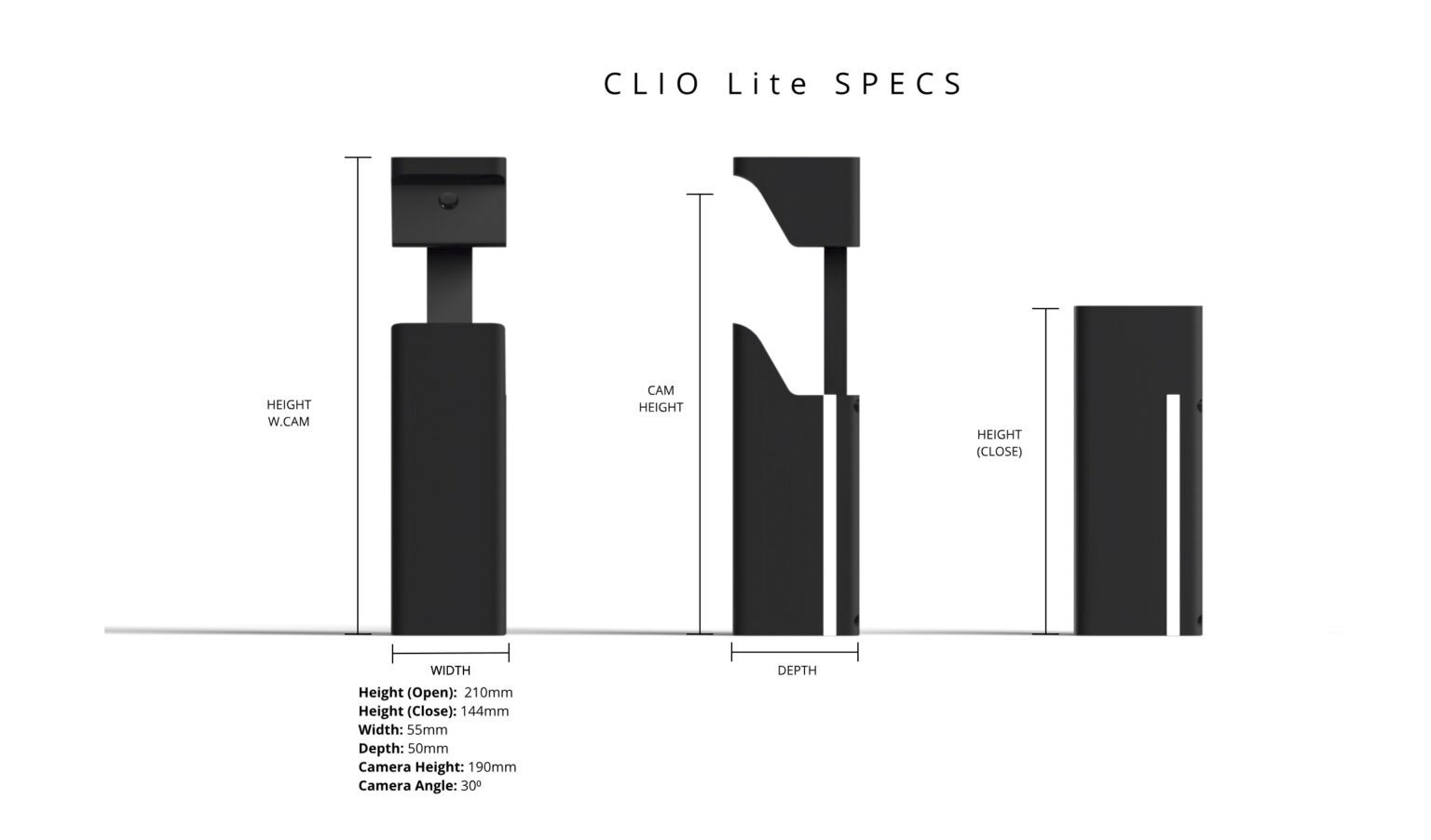
PROJECT TIMELINE

2020
August 2020
The idea – Clio 𝛼

2021
January 2021
The Brainstorm
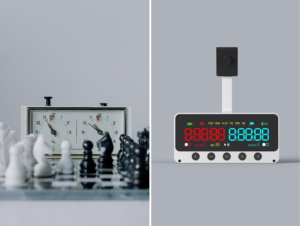
July 2021
Finishing the 3D CAD design

October 2021
LCD display prototype arrived!

2022
August 2022
Clio Lite
2023
May 2023
Demo Video on YouTube
July 2023
Clio Board Detection on Roboflow Blog
September 2023
Further imrpove dataset

2024
January 2024
Pre-Launch Testing (Marketing)
March 2024
Improvement on Clio App and Testing

June 2024
Adding New Sensor (Improving Accuracy)
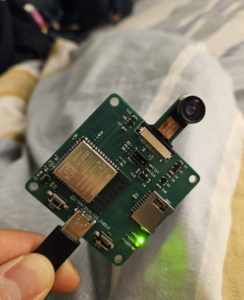
About Us
Meet The A1H1 Team
Our team consists of board game enthusiasts and engineers. Our mission is to modernize classic board games and enhance users’ skills. We intend to leverage machine learning and computer vision to transition traditional board games like Chess and Go into digital platforms for analysis and play.
Simeon Cheuk
Simeon’s passion for chess ignited at a young age. Despite playing chess constantly with his friends at the climbing gym, he struggled to remember all the games and analyze them later at home. This frustration led him to conceive of a chess recorder, a device (Clio α Lite) to log all his games with friends and hopefully enhance his chess skills.
Simeon and his friends, with their combined engineering and coding expertise, successfully developed a device capable of seamlessly recording chess games played on most standard chess sets. This achievement was made possible through the enchantment of machine learning.
Calvin Vong
Graduated with a Ph.D. degree in robotics, Calvin is 100% a nerd who loves to make and build things in his spare time. Calvin also loves bouldering, but being a complete chess noob, he was never able to beat Sim at chess in their climbing gym. However, the knowledge and experiences he gained from all those sleepless nights trying to survive the Ph.D. candidature, somehow came in handy when Sim asked him to work on this chess recorder (Clio α lite) together. Since then, of course, Calvin started searching for all these research papers on Google Scholar only to find out very few or none of this related work (chess game digitization) has been turned into products. This is what made working on this project so much more exciting for him.
Sam Chan
Sam has turned his passion in maths to electronics. He might have spent too much money investing in a fancy soldering station and other equipment, but it’s probably worth it. When Calvin asked him to join the team to design all the circuit boards, his reply was “Say no more”. Sam also made sure that there are plenty of RGB LEDs in the design, because if nothing else works, at least the chess recorder would make a cool display.
Media

Stay Tuned!
Join our newsletter to get updates on our product development and launch info
